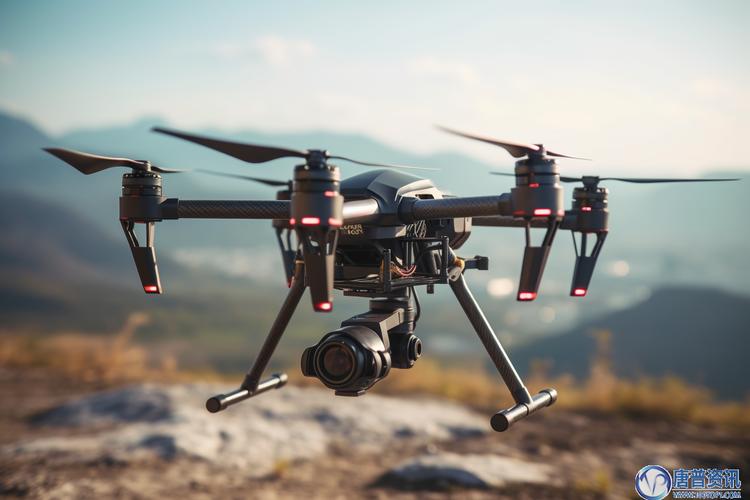In the ever-evolving world of technology, drones equipped with IR camera systems have revolutionized various industries, offering unparalleled advantages and capabilities. The integration of infrared cameras in drones has expanded their usability from simple aerial photography to complex surveillance and thermographic inspection tasks. These drones with IR camera technology are a powerful tool for professionals across different fields, providing critical insights that are otherwise not visible to the naked eye. Drones with IR cameras, which can detect heat signatures through infrared radiation, are particularly beneficial in search and rescue operations, highlighting people who may be hidden in dense foliage or darkness. The ability to visualize temperature variations makes it easier to find missing individuals or oversee wildlife tracking in their natural habitats. With IR camera drones, are not just used in emergency services; their application spans across agricultural monitoring, checking plant health by recognizing temperature discrepancies, and even identifying areas needing water. Farmers can optimize irrigation by examining crop fields with these innovative drones.
Enhancing Safety in Industrial Settings
One of the main advantages of drones with IR camera technology is in industrial environments where safety is paramount. These drones allow for the monitoring of machinery without risking human contact with potentially dangerous situations. Inspectors can identify overheating components early, preventing catastrophic failures and ensuring a safe working environment. Furthermore, energy sector professionals use drones to inspect solar panels or wind turbines more efficiently and safely, reducing downtime and improving resource management.
Drones with IR cameras also serve a crucial role in firefighting scenarios. By pinpointing hot spots and the progression of fires, these drones provide firefighters with the data needed to strategize and tackle wildfires effectively. The importance of such technology is evident in its ability to prevent loss and significantly reduce property damage.
Advancements and Features
As technology advances, the features of IR camera drones continue to improve. Modern drones are now equipped with higher sensitivity cameras, which enhance their ability to detect minute temperature changes. Additionally, features like live streaming provide real-time data to operators, improving decision-making processes exponentially. Features such as GPS integration and AI-assisted navigation further increase the efficiency of these drones, ensuring they can perform tasks with higher precision.
Applications in Environmental Conservation
Drones with IR cameras play a pivotal role in environmental conservation efforts. By using infrared imaging, these drones can monitor endangered species and track changes in natural reserves, providing valuable data for conservationists working to maintain biodiversity. The ability to capture unseen environmental changes places these drones at the forefront of sustainable practices.
Addressing Privacy Concerns
Despite the myriad advantages, some individuals have raised privacy concerns with IR camera drones. Operators must ensure compliance with local privacy laws and ethical guidelines when deploying these drones. Understanding the legal framework and ensuring transparent communication can help mitigate any privacy-related issues.
FAQs
- What is the typical range of IR cameras on drones? The range of infrared cameras varies depending on the model, but most commercial drones offer a range between 50 to 500 meters.
- How does weather affect IR camera drones? Weather conditions such as fog, rain, and snow can impact the effectiveness of IR cameras by obstructing infrared waves, reducing the camera’s ability to capture clear images.
- Are IR camera drones difficult to operate?
 While they require training, IR camera drones are designed to be user-friendly, with many models offering automated features and intuitive controls to assist operators.
While they require training, IR camera drones are designed to be user-friendly, with many models offering automated features and intuitive controls to assist operators.